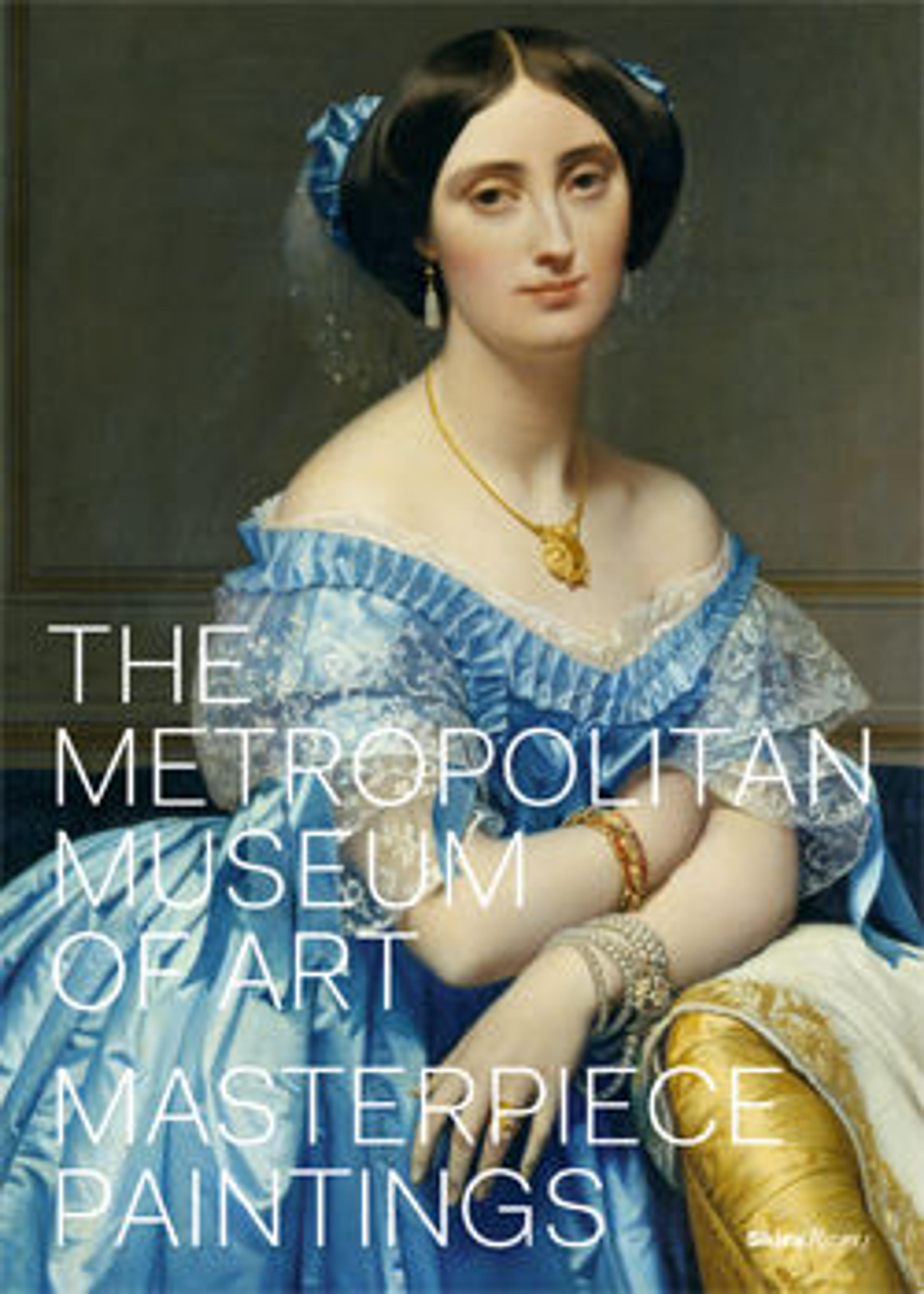The Satin Tuning Fork
As a result of his travels during the years spent in the merchant marines (1918–20) and army (1920), Yves Tanguy had stored in his memory the impressions of a host of faraway, exotic places, such as Argentina, Brazil, Tunisia, and the coast of Africa. In Paris in 1925, he met André Breton and joined the Surrealist group. His ensuing friendship with the older poet proved decisive for Tanguy. Breton served as both mentor and advocate. Until Tanguy's departure for the United States in 1939, he remained deeply devoted to Breton; Breton in turn regarded Tanguy as one of the purest painters among the Surrealists.
By 1927, the self-taught Tanguy had found his own personal style and acquired amazing technical skill. From then until his death in 1955, he focused on the same dreamlike subject—an imaginary landscape, deserted except for various fantastical rocklike objects, rendered with precise illusionism. Usually filled with an overcast sky, the plain below stretches toward infinity without an exact horizon line. If Tanguy's eerie vistas are pure invention, the three-dimensional, biomorphic objects that fill them may have their sources in early reliefs by Jean Arp and the paintings of 1922–23 by Joan Miró, two artists whose works were exhibited in Paris at the time. It is also possible that Tanguy was influenced by the strange stone and rock formations near Locronan in Brittany, where he sometimes visited his mother.
Tanguy's style varied little throughout the years. Even his move to the United States had little effect on his work, although it would bring about important changes in his personal life. In New York, he joined the American Surrealist painter Kay Sage (1898–1963), and they married in 1940, the year of this painting. The long phallic form in the center of the composition may in fact reference this new relationship.
By 1927, the self-taught Tanguy had found his own personal style and acquired amazing technical skill. From then until his death in 1955, he focused on the same dreamlike subject—an imaginary landscape, deserted except for various fantastical rocklike objects, rendered with precise illusionism. Usually filled with an overcast sky, the plain below stretches toward infinity without an exact horizon line. If Tanguy's eerie vistas are pure invention, the three-dimensional, biomorphic objects that fill them may have their sources in early reliefs by Jean Arp and the paintings of 1922–23 by Joan Miró, two artists whose works were exhibited in Paris at the time. It is also possible that Tanguy was influenced by the strange stone and rock formations near Locronan in Brittany, where he sometimes visited his mother.
Tanguy's style varied little throughout the years. Even his move to the United States had little effect on his work, although it would bring about important changes in his personal life. In New York, he joined the American Surrealist painter Kay Sage (1898–1963), and they married in 1940, the year of this painting. The long phallic form in the center of the composition may in fact reference this new relationship.
Artwork Details
- Title:The Satin Tuning Fork
- Artist:Yves Tanguy (American (born France), Paris 1900–1955 Woodbury, Connecticut)
- Date:1940
- Medium:Oil on canvas
- Dimensions:39 × 32 in. (99.1 × 81.3 cm)
- Classification:Paintings
- Credit Line:Jacques and Natasha Gelman Collection, 1998
- Object Number:1999.363.80
- Rights and Reproduction:© 2025 Artists Rights Society (ARS), New York
- Curatorial Department: Modern and Contemporary Art
More Artwork
Research Resources
The Met provides unparalleled resources for research and welcomes an international community of students and scholars. The Met's Open Access API is where creators and researchers can connect to the The Met collection. Open Access data and public domain images are available for unrestricted commercial and noncommercial use without permission or fee.
To request images under copyright and other restrictions, please use this Image Request form.
Feedback
We continue to research and examine historical and cultural context for objects in The Met collection. If you have comments or questions about this object record, please contact us using the form below. The Museum looks forward to receiving your comments.
